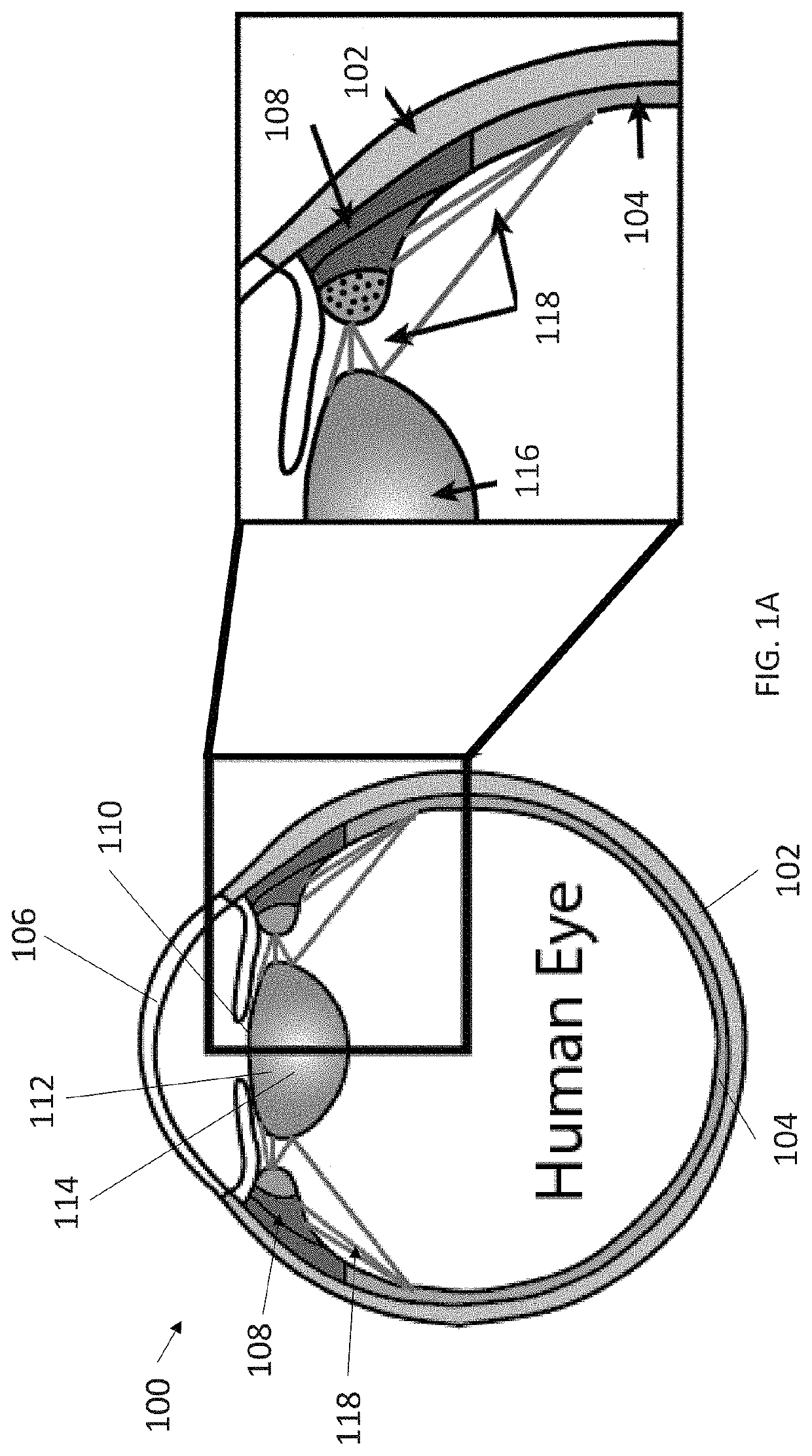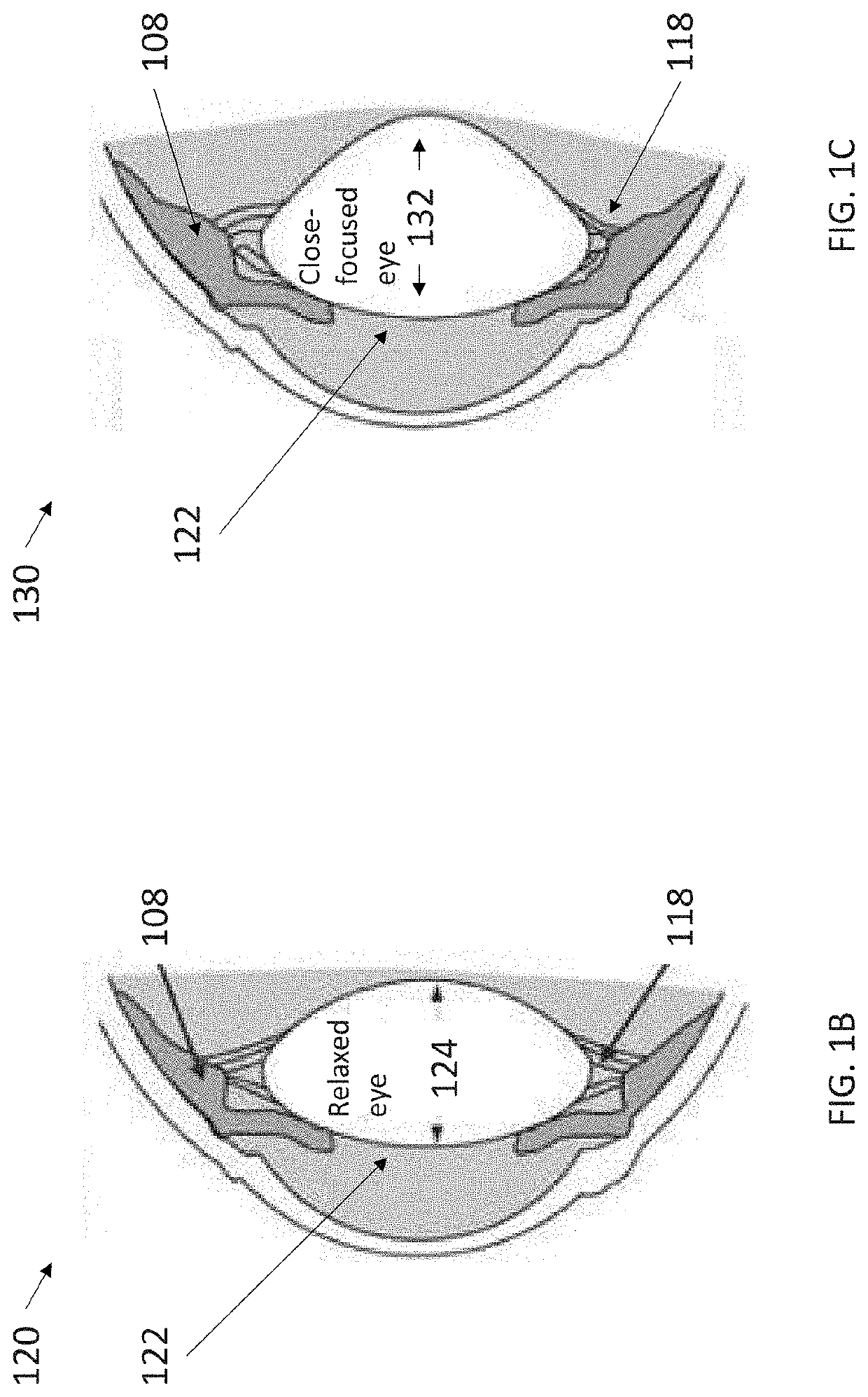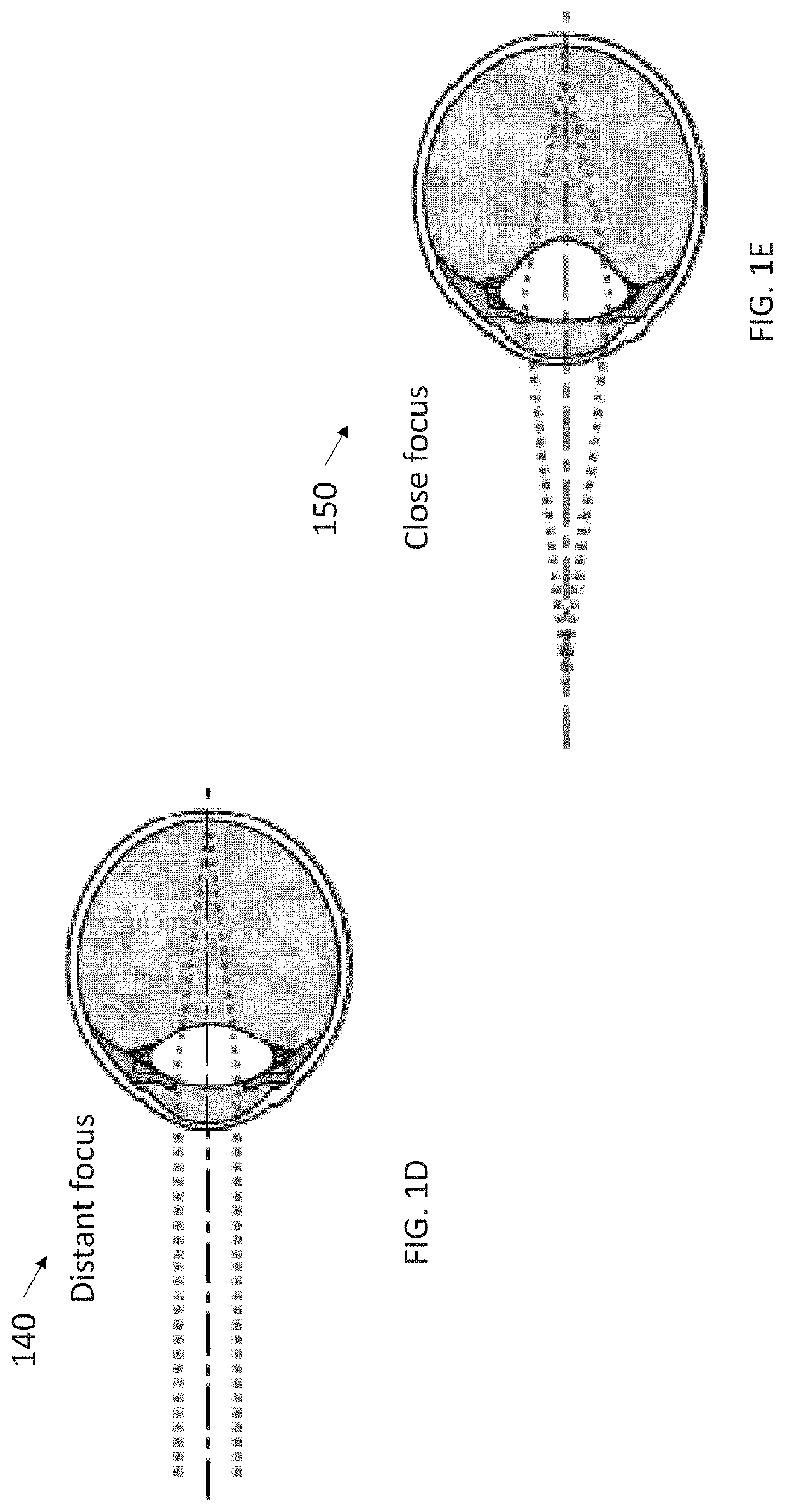3-dimensional model creation using whole eye finite element modeling of human ocular structures
a technology of ocular structure and 3D model, applied in the field of 3D model creation of complete ocular fem of human ocular accommodation, can solve the problems of inability to effectively restore the ability of presbyopia, lack of near vision focusing ability, and inability to develop effective treatments for presbyopia. to achieve the effect of restoring the ability
- Summary
- Abstract
- Description
- Claims
- Application Information
AI Technical Summary
Benefits of technology
Problems solved by technology
Method used
Image
Examples
Embodiment Construction
[0157]Before the present subject matter is described in detail, it is to be understood that this disclosure is not limited to the particular embodiments described, as such may vary. It should also be understood that the terminology used herein is for the purpose of describing particular embodiments only, and is not intended to be limiting, since the scope of the present disclosure will be limited only by the appended claims.
[0158]Accommodation of a human eye occurs through a change or deformation of the ocular lens when the eye transitions from distant focus to near focus. This lens change is caused by contraction of intraocular ciliary muscles that make up the ciliary body, which relieves tension on the lens through suspensory zonule fibers and allows the thickness and surface curvature of the lens to increase. The ciliary muscle can have a ring-shape and can be composed of three uniquely oriented ciliary fiber groups that contract toward the center and anterior of the eye. These t...
PUM
 Login to View More
Login to View More Abstract
Description
Claims
Application Information
 Login to View More
Login to View More - R&D
- Intellectual Property
- Life Sciences
- Materials
- Tech Scout
- Unparalleled Data Quality
- Higher Quality Content
- 60% Fewer Hallucinations
Browse by: Latest US Patents, China's latest patents, Technical Efficacy Thesaurus, Application Domain, Technology Topic, Popular Technical Reports.
© 2025 PatSnap. All rights reserved.Legal|Privacy policy|Modern Slavery Act Transparency Statement|Sitemap|About US| Contact US: help@patsnap.com



